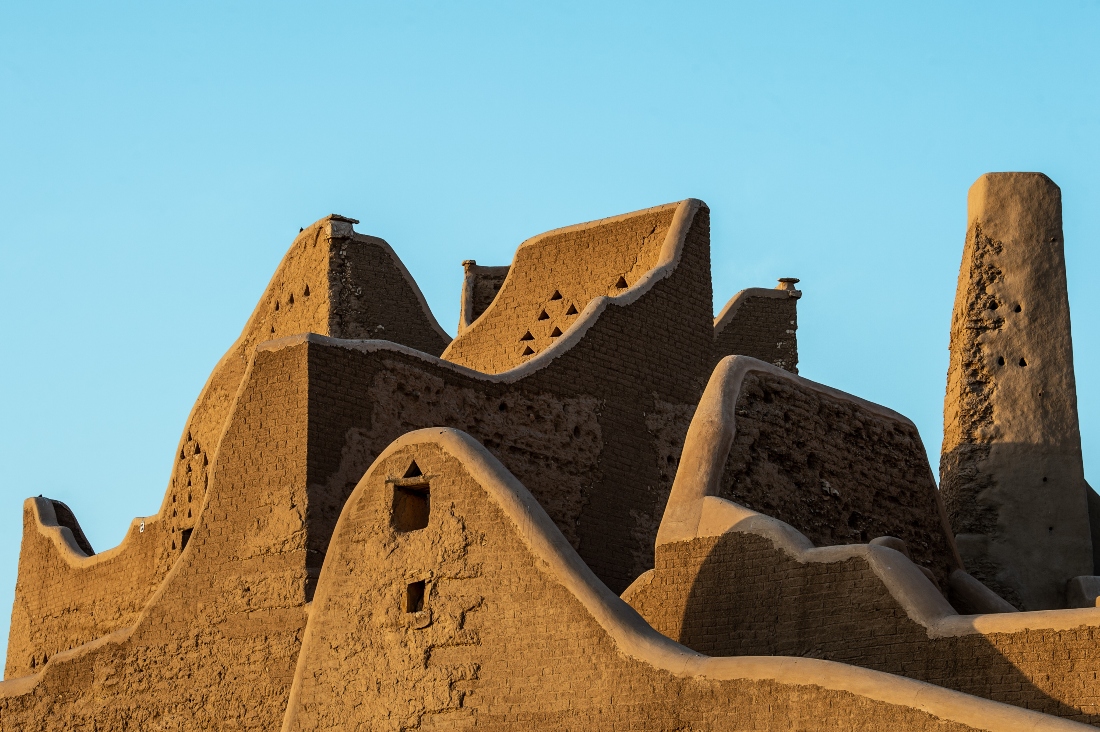What we can learn from Burckhardt’s writings

https://arab.news/j6tnt
Johann Ludwig Burckhardt was a prominent Swiss traveler, historian and orientalist who visited the Arabian Peninsula in the early 19th century. He is known for his accurate and fair observations. Burckhardt studied Islamic religion and the Arabic language in Britain before embarking on a journey with a pilgrimage caravan to Makkah during the era of the First Saudi State.
His writings are considered a significant contemporary source of historical information. He relied on his personal observations and social analysis of the society at that time, in addition to oral narratives and a limited number of written sources, and he produced remarkable works about the period following the founding of the First Saudi State.
How can the concept of the state accommodate the population of the Arabian Peninsula, the majority of whom are composed of nomadic tribes?
How can the concept of exploitation and plunder through influence and power, which involves seizing the spoils from the weaker, be eradicated so that the populace can develop the vision of a state founded on integrity, Islamic principles, security, and peace?
Burckhardt addressed these inquiries, conveying a detailed historical account through the pages of his books.
Judicial reform
Burkhardt presented an orientalist vision from outside the Arabian Peninsula, which articulated the existence of state values that the inhabitants had not previously recognized. This perspective imposed upon them, as individuals accountable to the state, the concepts of stability and peace, which had been absent for centuries in the region. It also addressed the management of tribal relations and governance, the importance of respecting the judiciary for the first time in centuries, and the prohibition of the use of force and weaponry.
This wisdom represented a novel vision and direction for the residents of the Arabian Peninsula, emphasizing that the state bears responsibility for their welfare.
The judiciary was the authority to which all tribes turned for arbitration, and it represented one of the most significant outcomes of the state’s legal framework, originating from Diriyah, the capital, and extending beyond it through individuals known for their integrity. The state directly allocated funds as a new legal system, replacing the traditional customs that had been prevalent among the inhabitants of the Arabian Peninsula in previous centuries, where expenses were incurred by the disputing parties to discuss and resolve their cases.
In the judicial system, the right to appeal a decision was also guaranteed under the First Saudi State across all its regions, specifically through the review process in Diriyah, to consider the appeal of the decision, representing a new development in a judicial system that differs from previous practices in the region’s history.
Security for all
Burckhardt also discussed how the early Saudis approached the concepts of security and peace for all inhabitants of the Arabian Peninsula. The state entrusted the complete responsibility for investigating thefts occurring within their territories to tribal leaders and local rulers. They were penalized with fines equivalent to the value of the livestock or property that had been stolen.
The leaders of the regions and the chiefs of the tribes were thus tasked with protecting their neighbors and travelers just as they would safeguard their own properties. Consequently, there was a cessation of thefts and acts of plunder that had previously occurred. This level of order following the establishment of the state had not been experienced by the inhabitants of the Arabian Peninsula since the time of the Prophet and the era of the rightly guided caliphs.
Burckhardt noted that a merchant could traverse the Arabian Peninsula alone with complete safety, and that the Bedouins slept without fear of nighttime thieves targeting their livestock and possessions.
Burckhardt wrote about the personal guards of the imam, known as the Munqiya, who were recognized as some of the bravest knights of the Arabian Peninsula and formidable warriors. They were permanently stationed in Diriyah and served as a regular force for the state.
To join this elite group, one needed to be a distinguished knight with a notable reputation among his people before gaining recognition from others. Each member was provided with a suitable horse or camel from the royal stables, received a salary, and was equipped to the highest standards. The horses or camels were outfitted with gear made from wool covered with felt, which offered significant protection against swords and spears.

State protocols
In Burckhardt’s writings, there is a notable emphasis on the social details pertaining to the state, particularly highlighting the era of Imam Saud bin Abdulaziz. This historical account is rarely found among local historians, who express admiration for the imam’s elegance and his keen attention to his appearance and pleasant demeanor. Additionally, it is noted that he took great care in grooming his mustache and beard, distinguishing himself from others primarily through the opulence and cleanliness of his attire, as well as the fragrances emanating from his headscarf.
Burkhardt elaborated on intricate details of royal etiquette. He discussed the protocol of the Salwa Palace, located in the At-Turaif District, which was home to Imam Saud, and the manner in which princes from various countries and tribal leaders were received. Additionally, he described the palace’s engagement in hosting guests, including the provision of lunch and dinner, as well as the care for horses and camels of the visiting dignitaries.
The majlis’s reception times were designated for three specific periods: early morning after dawn; after the afternoon prayer until sunset; and again after the evening prayer late into the night. This latter time was often reserved for the family of the imam and his descendants who happened to be present in Diriyah.
Anyone wishing to meet the imam could simply approach the majlis. The common titles used by the public to address the imam included Saud, Abu Abdullah, and Abu al-Shawarib. The majlis was always enriched with the recitation of the Qur’an, discussions of Hadith, interpretations, and cultural insights from the scholars of the court. Imam Saud would conclude the session by addressing the book intended for explanation, followed by a serious discussion among the scholars regarding its contents and a thoughtful exchange of perspectives.
According to Burkhardt’s testimony, Imam Saud excelled over others in his profound cultural knowledge, dialogue, and persuasive abilities. This was evident in his high-level writings that demonstrated his skill in persuasion. His eloquence and melodious voice particularly sparked curiosity and admiration, enabling his words to resonate deeply with the hearts of the Arabs around him.
The generosity of the imam and his hospitality toward his guests astonished this orientalist, particularly in his description of the stable housing 2,000 Arabian horses. Additionally, he noted the presence of 500 family members and attendants, all of whom were provided with ample food, including rice, bulgur, dates, and lamb, sufficient to accommodate both them and the palace guests.
The imam as a father
Burkhardt illustrates the imam’s dedication to the upbringing of his children, particularly his son Abdullah, who would later become an imam himself. At the age of five, he was taught to ride horses, allowing him to experience the thrill of galloping. Additionally, the imam is said to have closely observed his children’s behavior and imparted wisdom and sound advice to them. His fondness for fatherhood is evident to anyone who visits the At-Turaif District, where the proximity of the imam’s palace to his sons’ residences is apparent.
Imam Saud exemplified wisdom and the ability to address issues swiftly. He was highly educated, possessing a profound understanding of politics. He garnered significant popularity among the inhabitants of the Arabian Peninsula. His military engagements began at the age of 12.
One of the most emotionally significant family moments for Imam Saud occurred during his pilgrimage when he stood before the Kaaba as the people of Saudi Arabia were adorning it with a new covering from Al-Ahsa. While he was preoccupied with observing the pilgrims circumambulating the Kaaba, his son Fahd’s wife approached him, cradling her child in her arms. She had come to fulfill the fifth pillar of Islam and was eager for Imam Saud to meet his grandson, whom he had never seen before. In a tender moment witnessed by all the pilgrims, the imam took the child into his arms, embracing and kissing him affectionately for an extended period.
I appreciated Burkhardt’s awareness of social details and the sincerity of his expression; this is what distinguishes a writer from any nation when viewed from an external perspective with a different Western lens. He captures intricate details that may have seemed insignificant to people at the time, which later became a vital source for studying the history of the era.
Thank you, Burkhardt, for that account which transported us to the First Saudi State with remarkable detail and precision.
- Dr. Badran Al-Honaihen is the special projects executive director at the Diriyah Gate Development Authority.









































